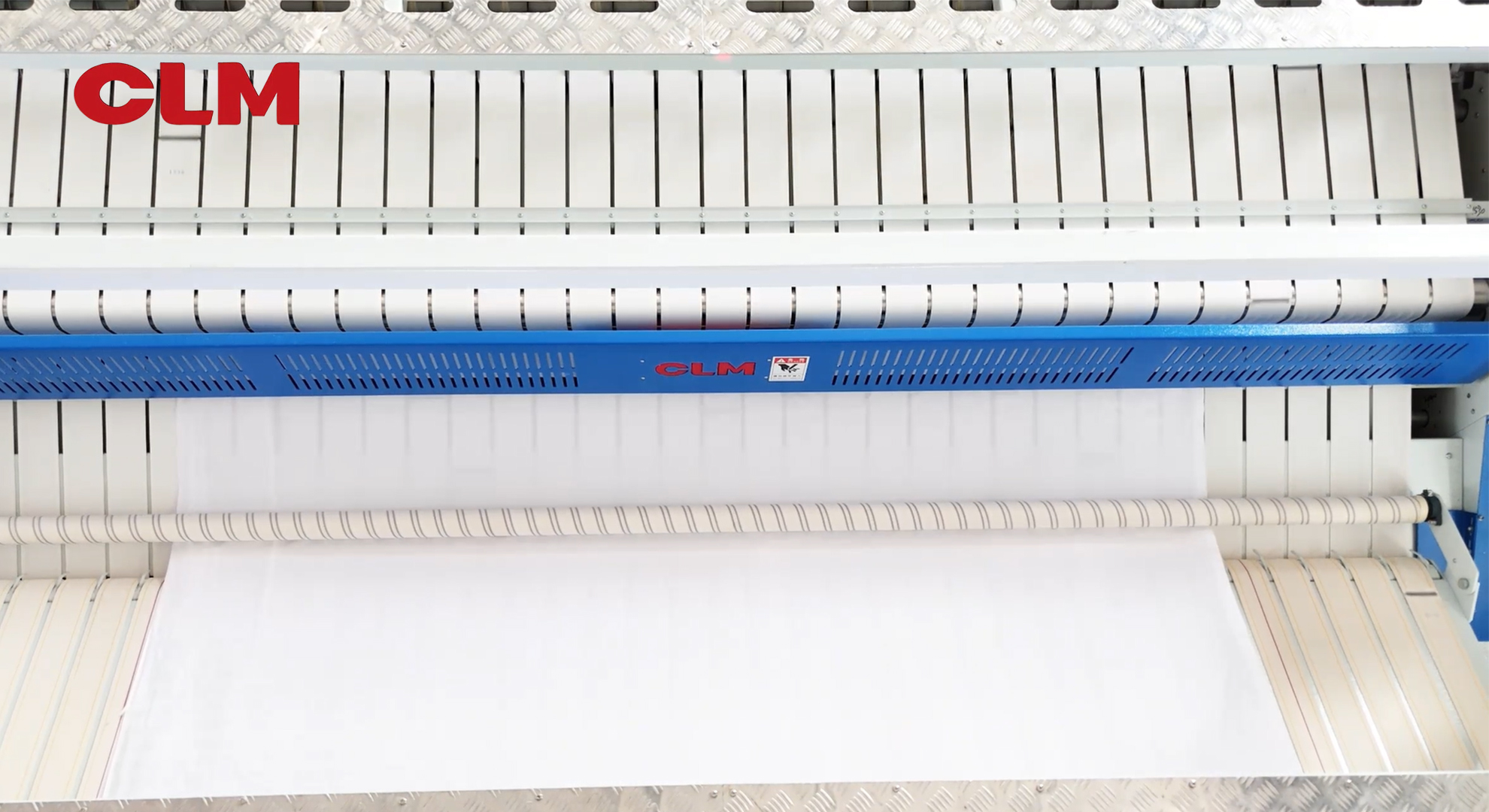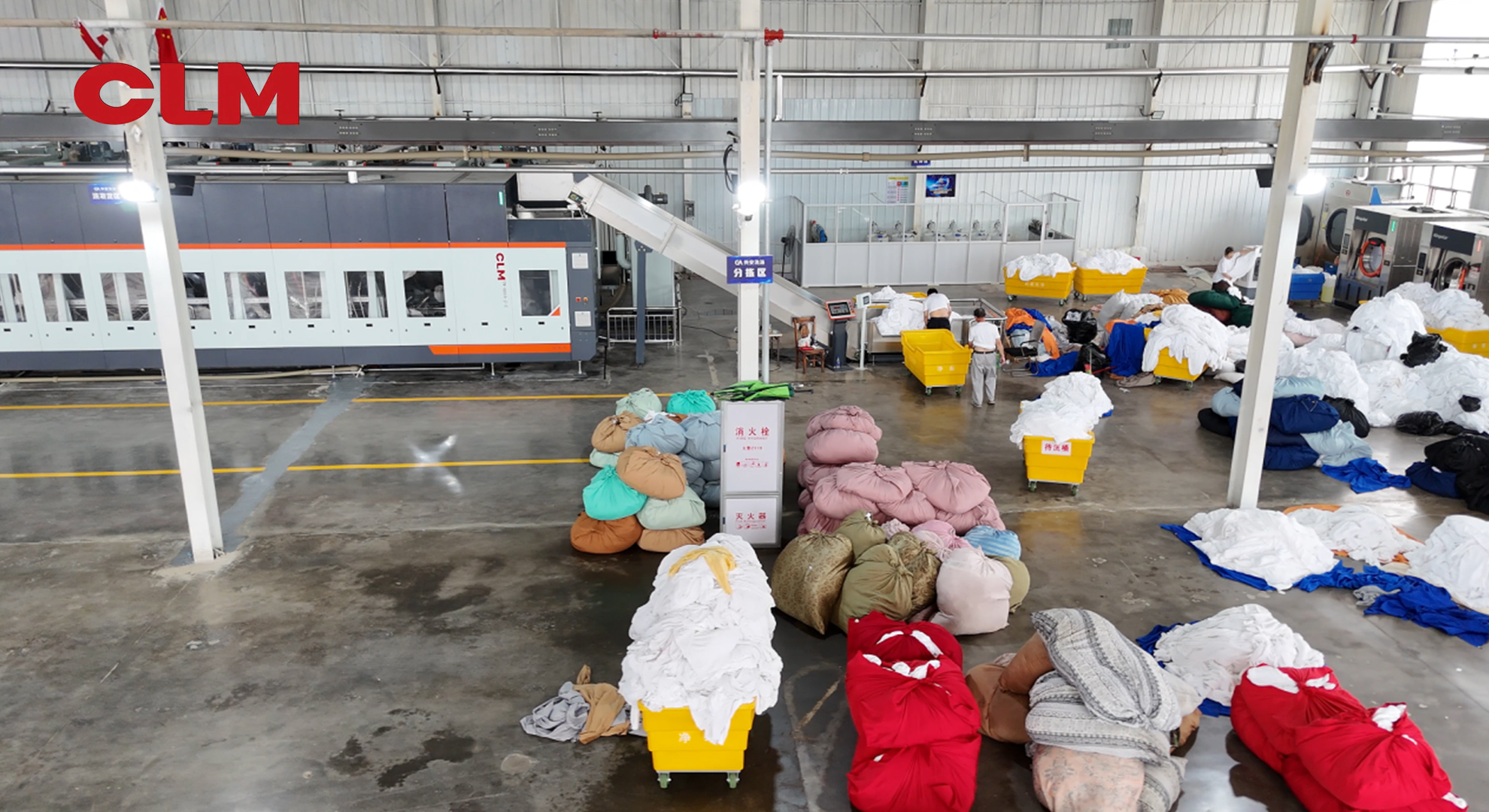According to incomplete statistics, in hotel linen washing management, nearly 60% of the linen that has been rewashed due to stubborn stains not being thoroughly cleaned is caused by secondary pollution.
Washing the stubborn stains caused by secondary pollution not only increases the workload of the washing personnel but also uses too much stain remover, which easily causes damage to the linen fibers and accelerates linen breakage, greatly increasing the consumption of guest room supplies and hotel costs.
Reasons for Secondary Pollution
The secondary pollution means the new contamination in the process of collection and washing after the linen and towels are removed from the guest rooms.
● People arbitrarily throw the linen, and the staff accidentally step on the linen and leave a black shoe print on the linen.
● Some people use face towels or bath towels to wipe the countertop of the bathroom, use a pillowcase to wipe glass, and even use them as a rag to wipe the rust from faucets, leaving black pollution and yellow rust stains on the woolen cloth.
● When collecting linen, staff use bed sheets to pack the linen and drag it on the floor. The friction between the linen and the floor will cause the stains.
● During the loading, unloading, and transportation of linen, it was randomly thrown and trampled on, leaving new stains.
● After being transported to the laundry factory, the linen was not classified and stacked as required, which resulted in cross-contamination between the linen in guest rooms and the tablecloths in restaurants.
● The high-temperature ironing zone is not clean, or there is oil dripping, which leads to the contamination of the linen during the ironing process.
● When the linen was transported back to the floor, it was not covered and got contaminated during transportation.
● The quality of the linen itself and the storage environment are important. The cotton textiles should be kept away from moisture. The storage house should be well-ventilated. The edges of the warehouse shelves should be smooth.
The reasons for the production of secondary pollution are various. Despite the employees’ failure to follow the regulations, there is also a problem that some employees have incorrect perceptions. They think that since the linen is sent to the laundry for washing anyway, it doesn’t matter if it gets dirty. As a result, secondary pollution has become widespread.
The Harm of Secondary Pollution
Generally, when the linen was removed from the guest rooms, there is seldom the phenomenon that the stains are heavy. The hotels change linens in the guest rooms for each guest, sometimes even every day. The linens are basically not dirty and only need to be gently rubbed and washed to meet the cleanliness requirements.
However, the stains caused by the secondary pollution are stubborn stains that are not easy to remove. During the process of the linen being dragged on the ground, the strong friction between the fibers and the ground has deeply embedded the stains in the fibers. It is difficult for people to use ordinary washing methods to remove them. Special treatment is required to clean them thoroughly. The adhesion of rust stains is particularly strong and can only be removed with a special rust stain remover.
The Prevention of Secondary Pollution
As a result, the secondary pollution of the linen is not a small thing and needs urgent solutions. Though the secondary pollution does a big harm to the linen, it can be totally avoided. To effectively affect the secondary pollution, efforts should be made in the following aspects.
❑ Requirements for removing, collecting, and washing linens from guest rooms
● Enhance the staff’s responsibility and make them treasure the linen.
● Make strict and detailed operation specifications to make every operation follow rules and avoid wrong behaviors during operation.
● Enhance the inspection. The person in charge of the guest rooms should frequently inspect the condition of the linen, promptly identify and stop any signs of secondary pollution.
● Improve working conditions. Equip as much equipment as possible, solve specific difficulties in linen transportation, and reduce the possibility of secondary pollution.
❑ The Hygiene Requirements for Linen in the Laundry Workshop
● The laundry room should be clearly divided into a zone for dirty linen and a zone for clean linen.
● The way of linen transferring in the laundry room should be unidirectional flow from the dirty area to the clean area.
● The direction of air flow is from the clean area to the dirty area.
● The linen cart of the clean area and the linen cart for the dirty area should be strictly distinguished, and mixed usage is prohibited.
● The surface that directly contacts the clean linen should be disinfected every two hours.
● Fly-killing lamps or high-pressure insect traps are needed in the classification area, dirty area, and clean area.
● The staff in the dirty area and the staff in the clean area are not allowed to enter each other’s areas.
● Before touching the clean linen, people need to wash their hands and use hand sanitizers.
❑ The Requirements for Delivering the Clean Linen
● The vehicle and tool for delivering linen should be disinfected every time.
● There should be a cover to completely cover the linen.
● The cover should be washed after usage, and cannot be used repeatedly.
● The linen cannot take the same elevator as food or garbage.
● The staff who transport the linen should use waterless antibacterial hand sanitizer before touching the clean linen.
❑ Requirements for Contemporary Storage of Clean Linen in the Linen Room
● In the linen room, the shelves for storing the linen and their surfaces should be disinfected every day.
● The linen should not stay in the linen room for over 7 days.
● There should be no garbage, soiled linen, or other cleaning tools in the linen room.
● Rodents and pests should be prevented in the linen room.
● The linen room management can adopt China’s first “Integrated Disinfection Solution for Hotel Linen Collection and Distribution Process”.
❑ The Use of the Clean Linen
● Staff should wash their hands and use the hand disinfection products.
● Before people put the linen on the linen cart, the linen cart should be disinfected.
● All surfaces that clean linen comes into contact with should be disinfected.
● Before Employees need to use waterless disinfectant hand sanitizer before handling clean linen.
● The linen in the room that has not been used by guests needs to be disinfected or washed again after 7 days.
Conclusion
All linens hotels use have a service lifespan. As a result, despite the normal washing done by the laundry factories, hotels should also do good maintenance and care of the linen to extend the service life as soon as possible and reduce its damage rate. If the linen is used beyond its expiration date, it will be severely damaged. If it is put back into use, it will affect the quality of hotel services.
Post time: Sep-09-2025



